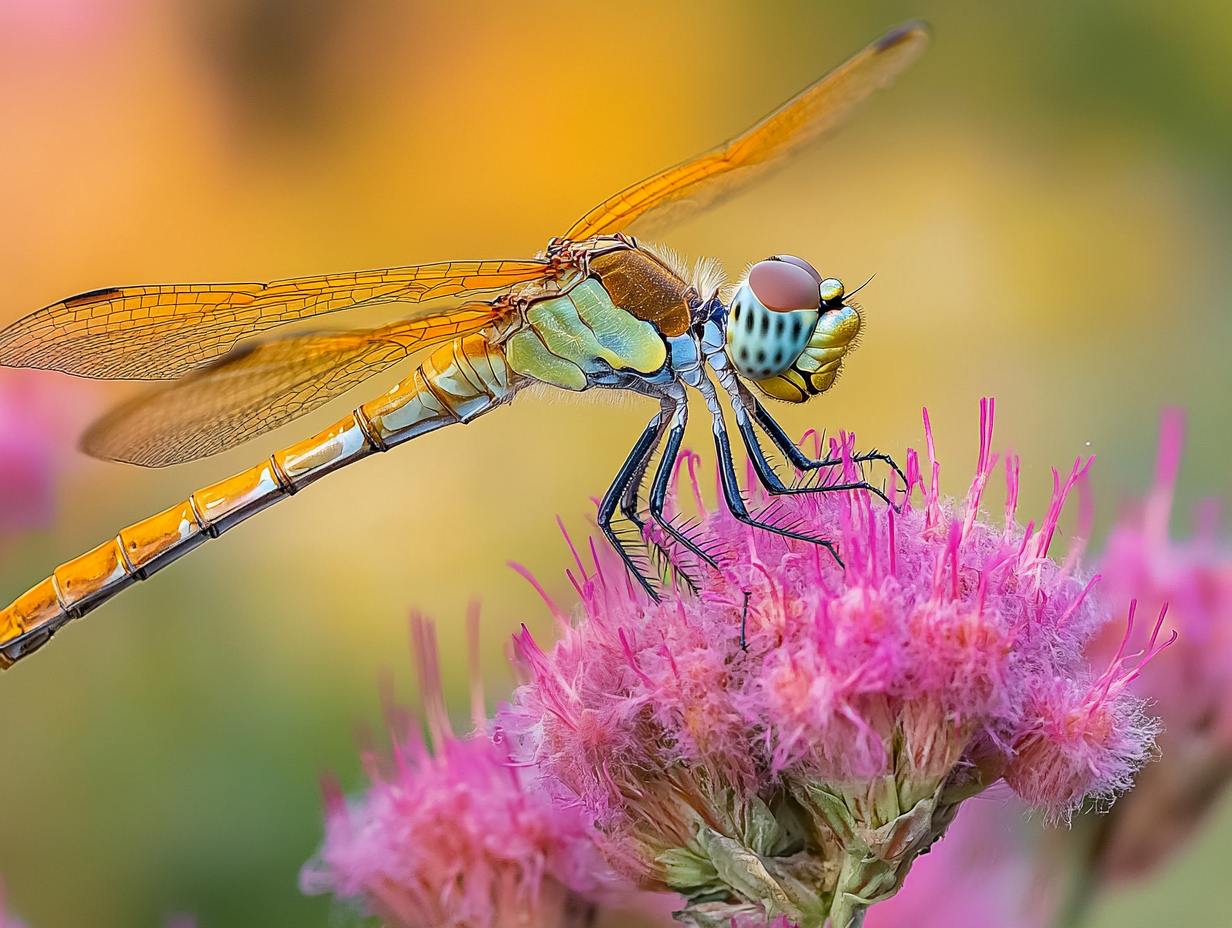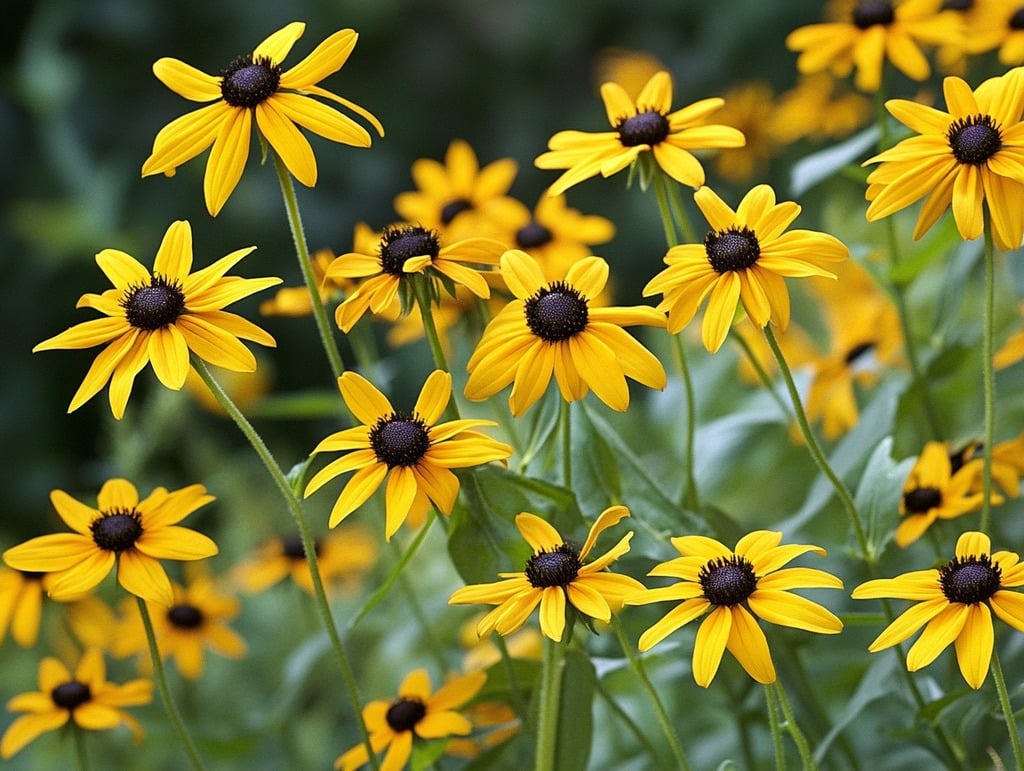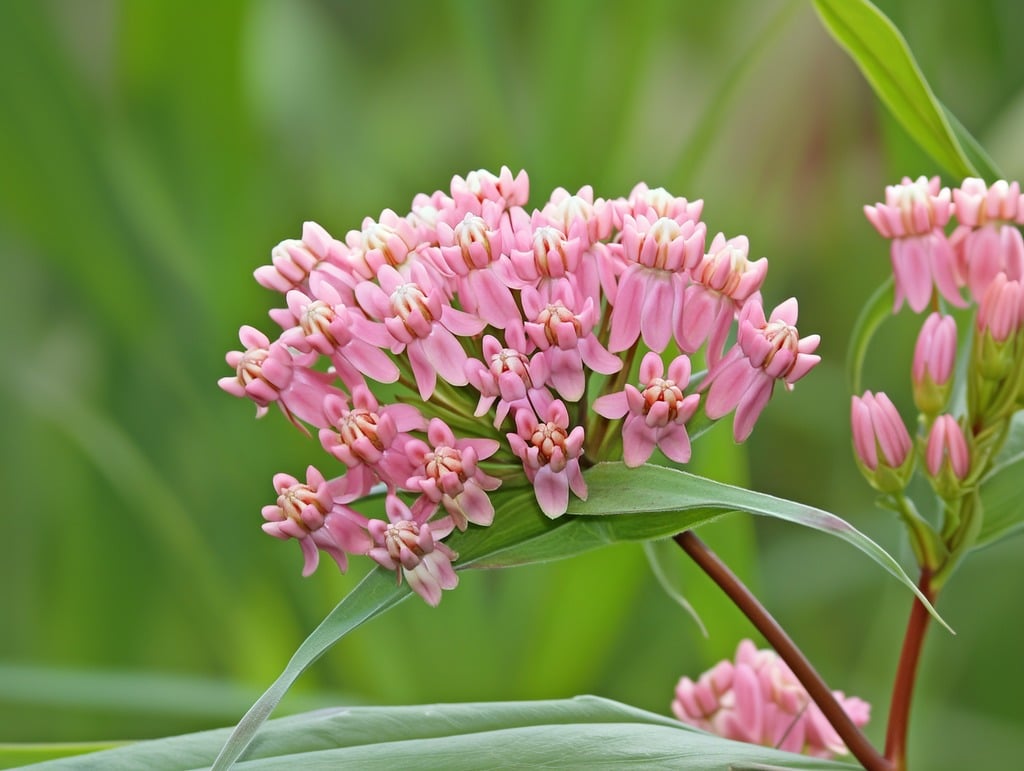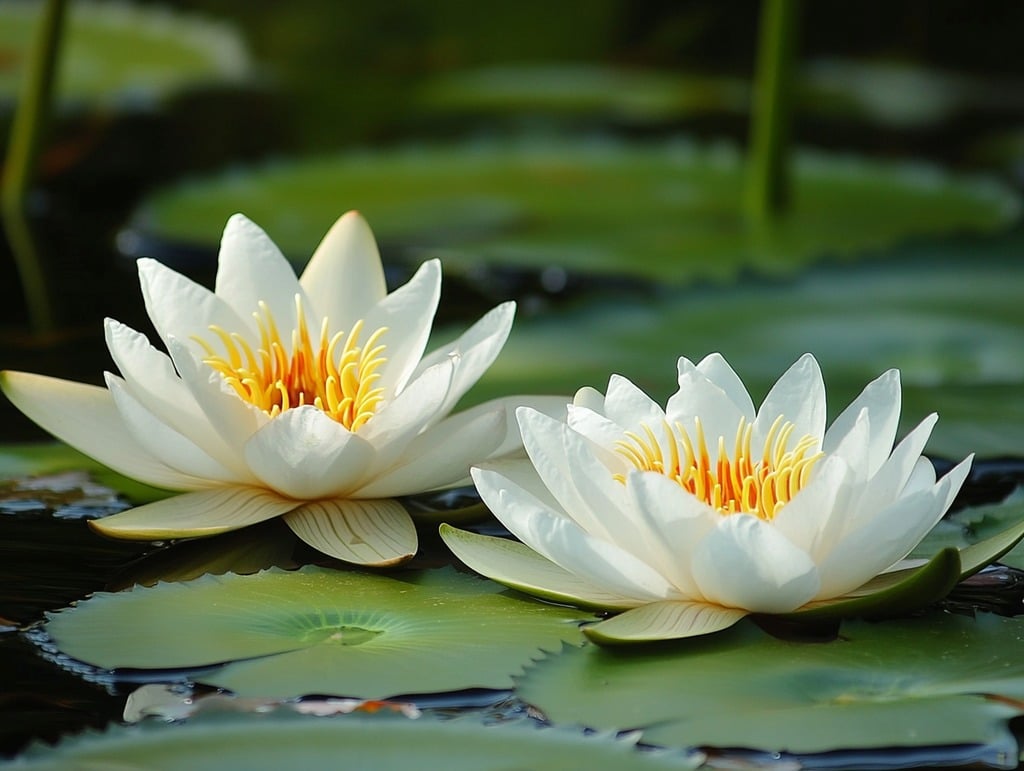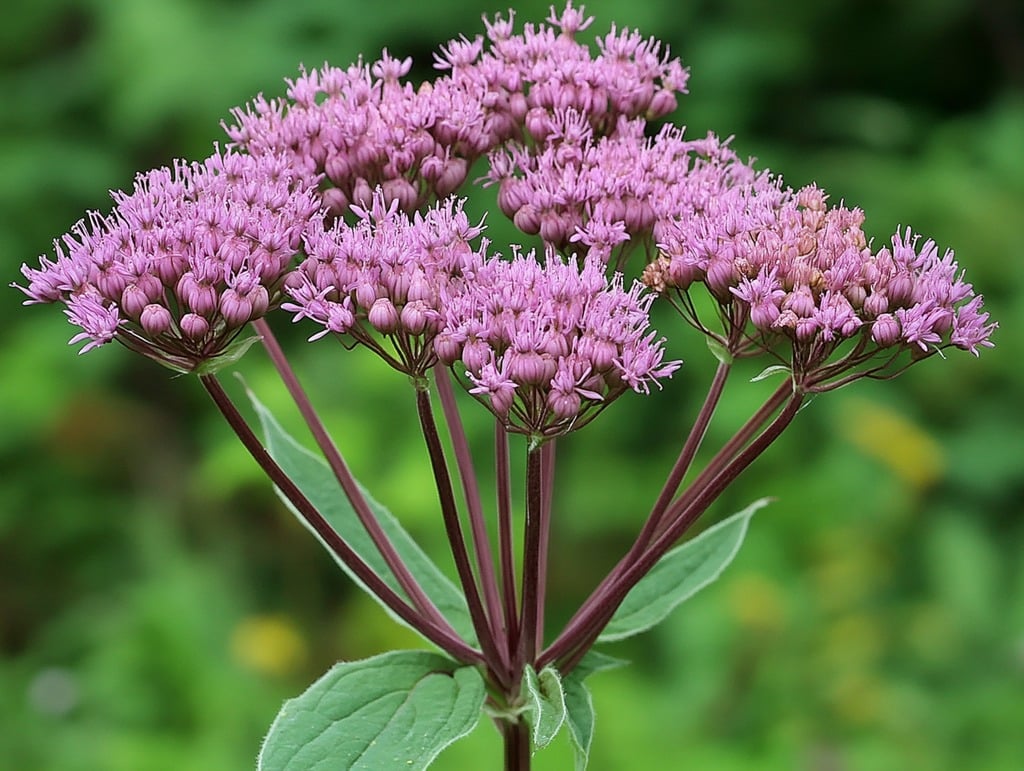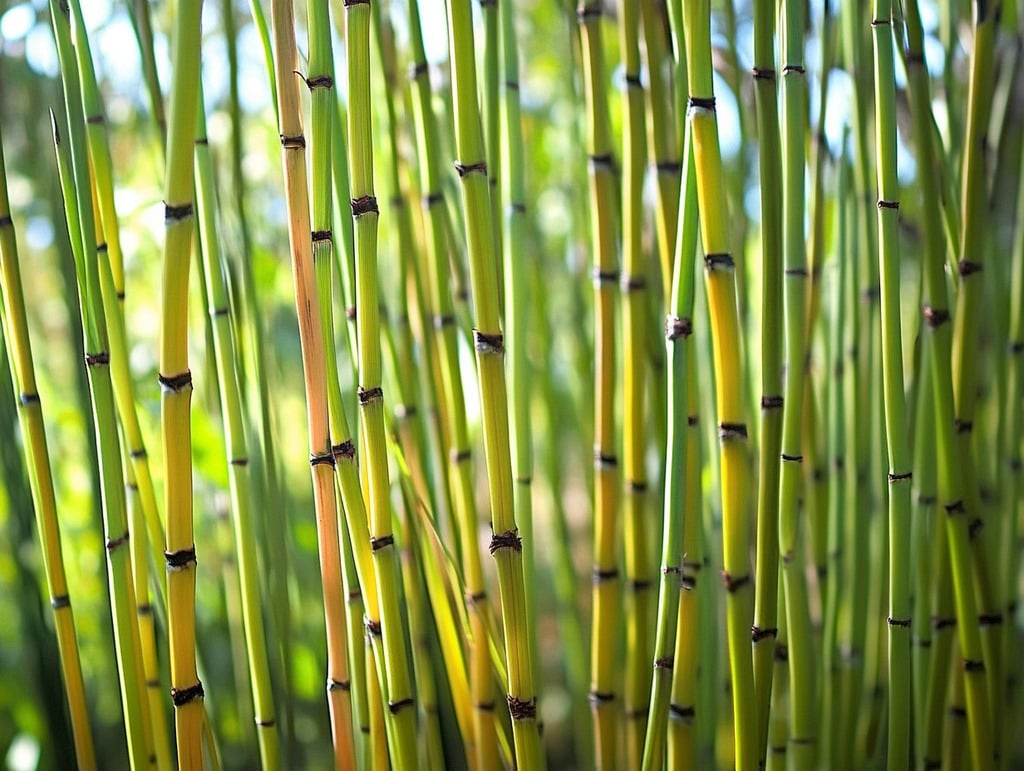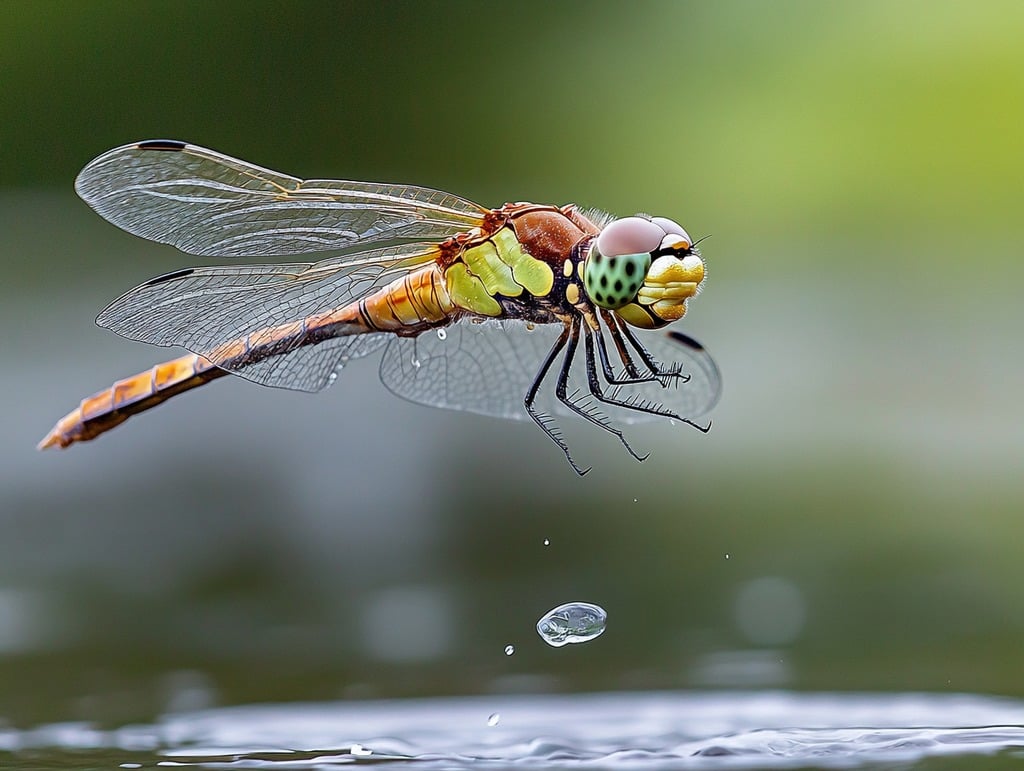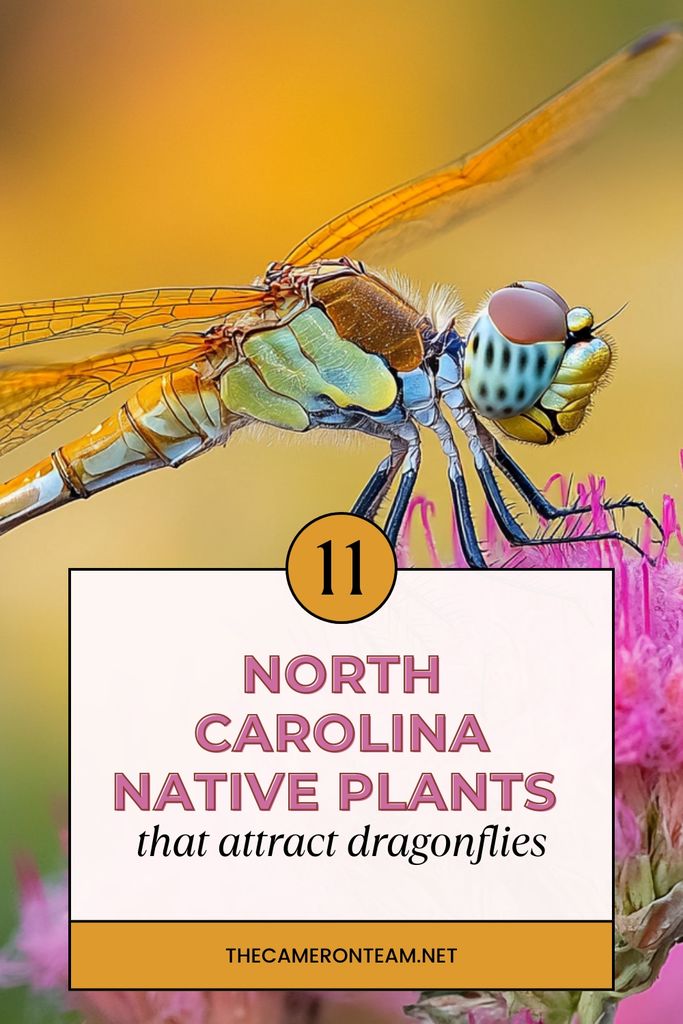Dragonflies aren’t just mesmerizing to watch; they also play a vital role in your garden’s ecosystem. As natural predators, dragonflies help control populations of pesky insects like mosquitoes and flies. Their presence reduces the need for chemical pesticides, making your garden a more eco-friendly space. Moreover, dragonflies are indicators of a healthy environment, so if you see them fluttering around, you know you’re doing something right.
Benefits of Having Dragonflies on Your Property
Attracting dragonflies to your garden offers a multitude of benefits beyond their sheer beauty. Here’s why you should consider making your garden dragonfly-friendly:
- Natural Pest Control: Dragonflies are voracious predators, consuming large quantities of mosquitoes, flies, and other insects that can be nuisances or harmful to plants.
- Environmental Indicators: The presence of dragonflies is often a sign of a healthy environment, particularly clean water sources.
- Biodiversity: By attracting dragonflies, you’re also encouraging a diverse range of other beneficial insects, which helps maintain a balanced ecosystem.
- Chemical-Free Gardening: With dragonflies handling the pest control, you can reduce or even eliminate the need for chemical pesticides, making your garden safer for pets, children, and other wildlife.
- Aesthetic Appeal: Let’s face it, dragonflies are beautiful creatures. Their dazzling colors and agile flight patterns add a dynamic element to your garden, making it a more enjoyable place to spend time.
The Best North Carolina Native Plants to Attract Dragonflies
Now that you know the benefits of having dragonflies around, let’s dive into the best North Carolina native plants that’ll turn your garden into a dragonfly paradise. These plants not only offer aesthetic beauty but also provide the perfect environment for dragonflies to thrive.
1. Black-Eyed Susan (Rudbeckia hirta)
Black-Eyed Susans are a staple in many gardens, and for good reason. Their bright yellow petals with a dark center are not only eye-catching but also attract various insects, including dragonflies. These plants are easy to grow, drought-resistant, and bloom from June to October, providing a long-lasting display of color that dragonflies love to perch on.
2. Coneflower (Echinacea)
The Coneflower, known for its striking pink or purple petals and spiky central cone, is another favorite among dragonflies. These sturdy plants can handle the heat and are drought-tolerant, making them ideal for North Carolina’s climate. They also attract pollinators like bees and butterflies, creating a bustling garden environment that draws in dragonflies.
3. Swamp Milkweed (Asclepias incarnata)
If your garden has a moist area or you’re close to a water source, Swamp Milkweed is a must-have. This plant thrives in wet conditions and produces beautiful pink flowers that are not only a magnet for dragonflies but also essential for monarch butterflies. The tall, slender stalks provide excellent perching spots for dragonflies, allowing them to rest and hunt.
4. Water Lily (Nymphaea)
For those lucky enough to have a pond or water feature, Water Lilies are a fantastic addition. Their floating leaves and vibrant flowers create a serene environment that dragonflies find irresistible. Water Lilies offer a place for dragonflies to lay eggs, and the calm water beneath is an ideal breeding ground for their nymphs.
5. Joe Pye Weed (Eutrochium purpureum)
Joe Pye Weed is a tall, sturdy plant with clusters of mauve flowers that bloom late in the summer. It’s perfect for adding height and color to your garden. Dragonflies are drawn to its nectar-rich blooms and the plant’s robust stems, which provide excellent perching and hunting grounds.
6. Tickseed (Coreopsis latifolia)
Tickseed is a bright, cheerful plant with yellow flowers that bloom profusely from early summer to fall. It’s a low-maintenance plant that thrives in North Carolina’s climate and is a favorite for attracting dragonflies. The abundance of flowers also attracts other beneficial insects, creating a diverse and healthy ecosystem.
7. Common Cattail (Typha latifolia)
Common Cattails are iconic plants often found in wetlands and along the edges of ponds. They provide excellent habitat for dragonfly nymphs and are essential for maintaining a healthy aquatic ecosystem. The tall, dense growth of cattails offers perfect hiding spots for young dragonflies, while the mature ones use them as launch pads for hunting.
8. Pink Muhly Grass (Muhlenbergia capillaris)
If you’re looking to add some texture and color to your garden, Pink Muhly Grass is a fantastic choice. Its airy, pink plumes create a stunning visual effect, especially when the sun hits them just right. This grass provides shelter and perching spots for dragonflies, making it an essential plant for your dragonfly-friendly garden.
9. Broadleaf Arrowhead (Sagittaria latifolia)
Broadleaf Arrowhead is an aquatic plant that thrives in shallow waters and wet soil. Its arrow-shaped leaves and white flowers are attractive to dragonflies, especially during their breeding season. The plant’s submerged stems and roots provide a safe haven for dragonfly larvae, ensuring a steady population in your garden.
10. Scouring Rush (Equisetum praealtum)
Scouring Rush, a type of horsetail, is a unique, ancient plant that adds a touch of history to your garden. Its tall, reed-like stems are perfect for dragonflies to perch on. This plant prefers wet conditions, making it ideal for pond edges or marshy areas. It also offers excellent shelter for dragonfly nymphs, ensuring their safety as they grow.
11. Dwarf Sagittaria (Sagittaria subulata pusilla)
Dwarf Sagittaria is another aquatic plant that’s perfect for small ponds or water gardens. It forms dense underwater meadows that provide an excellent habitat for dragonfly nymphs. The plant’s small, white flowers also add a delicate touch to your water feature, making it not only functional but also beautiful.
Tips for Creating a Dragonfly-Friendly Garden
- Incorporate Water Features: Dragonflies are strongly attracted to water, so adding a pond, fountain, or even a small water garden can significantly boost their presence.
- Use Native Plants: Native plants are better suited to your local climate and soil, making them more attractive to dragonflies and easier to maintain.
- Provide Perching Spots: Dragonflies need places to rest and hunt. Plants with tall stems or leaves, like Cattails and Joe Pye Weed, are ideal.
- Ensure Water Quality: Dragonflies are sensitive to pollution, so keeping your water features clean and free of chemicals is crucial.
Wrapping Up
Transforming your garden into a dragonfly haven isn’t just about adding beauty; it’s about fostering a healthier, more balanced ecosystem. By incorporating these North Carolina native plants, you’re not only attracting these fascinating creatures but also enhancing the overall well-being of your garden. So why not give it a try? Your garden—and the dragonflies—will thank you!

